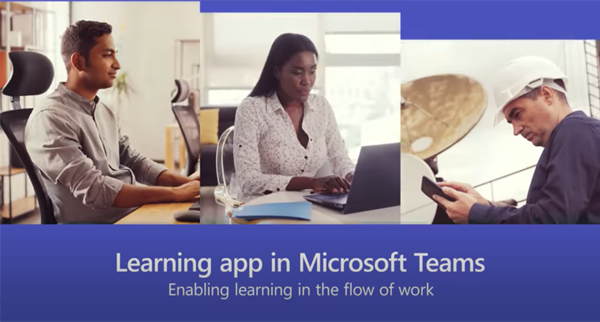Too often I hear instructional designers, developers, and L&D specialists resort to saying “we can’t share the culture of learning, it is up to our leaders.” Specifically, “we can’t introduce new ways to help learners to self-learn because leaders and SMEs won’t allow them.”
There are some truths to these concerns. However, we look at it from a view of what we do in instructional design, where there are opportunities to be more proactive and positive…”move the needle,” as the saying goes.
To change the culture from dependency to workflow learning
The practice of traditional instruction learning is to organize and present ideas and knowledge to help workers improve results at work. Traditionally, instructional learning primarily focuses on transferring content and knowledge. Consequently, the application of knowledge is often left to chance – we “hope they use it.” The cost to produce this type of learning content is high, the speed of delivery is slow, and the added value is difficult to establish with any certainty.
But the rapid advancements in technology have led to dramatic changes to L&D and how people “want” to learn in the workplace. We see the shift from delivering information dump and static LMS towards facilitating stimulating learning experiences leading to self-discovery. Support from the organizations and its leaders to push for integrated and results-oriented workflow learning is steadily gaining ground.
Where are the opportunities to change the culture?
To change the culture from one that is about “instructing” to the culture that will “let them learn,” one that does not take a mandatory order from top to bottom to make the change. Instructional designers, developers, SMEs, and project leaders can make small yet significant milestones.
See how this works for you.
1. Add to your lesson exercises
In your lessons, you can add an application-focused exercise and activity. This exercise or activity encourages workers to take on a work-related issue and find ways to solve and improve it. This should be linked to the subject you want them to learn. The usual exercise is to simulate an experience for the learners about the content of the lessons. We need to move towards the culture that lessons are used only to support what we do at work. Lessons are not the end-all or be-all of learning. It simply reinforces it.
2. Delete, replace or reposition knowledge tests to application and impacts
Totally delete or reposition your “testing” for memorization to “how do you apply the ideas at work?”. This helps learners to think beyond test completion and focus on applying ideas learned. Tests have their own place, however, they tend to be the end of it all in lessons. This is how a culture where learning is all about testing begins. We should foster a new culture that is centered around learning and applying impacts at work.
3. Disrupt lessons from “you must learn” to “find the problem and fix it.”
Determining impact areas and ROI is such a difficult process in an instruction-driven learning. One reason is that we start with the lesson and content, and along the way, we spend our energies on drilling down what they “ought” to learn. Reversing this would improve impacts. Start lessons with asking learners to identify an area where they can apply a general area around your lesson topic. Then allow them to use their situations to use the lesson to discover and apply impact areas.
Shifting the culture of learning is everyone’s responsibility - top to bottom, sideways and from bottom to the top. I have seen long lasting and even immediate learning culture changes when L&D professionals in the frontline make experimental lessons and beta programs.
We can influence the learning culture change.
Ray Jimenez, PhD
Vignettes Learning
"Helping Learners Learn Their Way"












